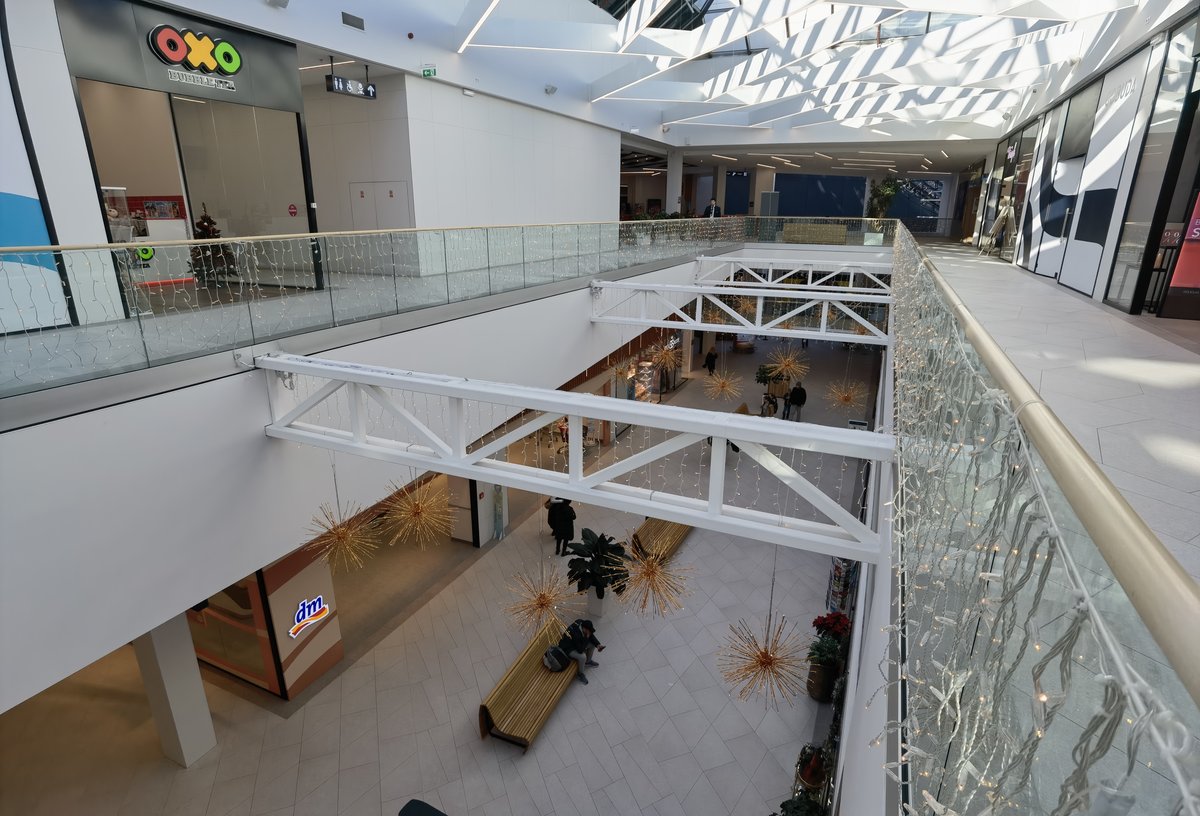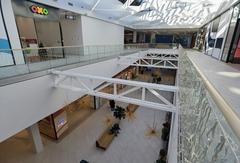
Bécsi Út Visiting Hours, Tickets, and Historical Sites Guide in Budapest, Hungary
Date: 15/06/2025
Introduction: Exploring Bécsi Út, Budapest’s Historic Gateway
Bécsi Út, or “Vienna Road,” is one of Budapest’s oldest and most storied thoroughfares, seamlessly connecting the city’s rich past with its vibrant present. Spanning from the Roman era—when it linked Aquincum, the Roman provincial capital, with Vienna—through medieval, Ottoman, and Habsburg periods, Bécsi Út remains a living testament to Budapest’s resilience and adaptability. Today, the street is a dynamic corridor lined with architectural landmarks, bustling markets, cultural institutions, and local eateries, easily accessible by public transport and featuring a blend of historical and contemporary urban life (Budapest Tourist Info; Budapest.city – Vienna Gate).
This comprehensive guide provides detailed historical context, practical visitor information (including opening hours and ticketing for key attractions), accessibility tips, recommendations for guided tours, and suggestions for nearby points of interest. Whether you are passionate about history, architecture, or culture, this guide is designed to help you make the most of your visit to one of Budapest’s most significant and captivating streets (headout.com; budapestbylocals.com).
Table of Contents
- Historical Overview
- Practical Visitor Information
- Cultural Landmarks and Modern Life
- Visitor FAQs
- Architectural Highlights and Tours
- Local Culture and Culinary Scene
- Seasonal Events and Day Trips
- Summary and Visitor Tips
- References and External Links
Historical Overview
Roman, Medieval, and Habsburg Eras
Bécsi Út’s origins trace back to the Roman era, when it connected Aquincum (now part of Óbuda in Budapest) with Vienna (Vindobona), serving as a key artery for trade and military movement (Budapest Tourist Info). Archaeological finds in the area demonstrate habitation since prehistoric times, with subsequent settlements by Celto-Illyrian tribes and Romans.
In the Middle Ages, Bécsi Út was the main approach to Buda from the northwest, entering the fortified city via the Bécsi Kapu (Vienna Gate). The gate, both a defensive structure and ceremonial entrance, played a vital role during the Ottoman occupation and the Habsburg resurgence (Budapest.city – Vienna Gate).
Urban Expansion and Modernization
The 19th and 20th centuries saw significant development, including the rebuilding of the Vienna Gate and the construction of eclectic and modernist architecture. Industrialization brought new factories and warehouses, many of which have since been repurposed as creative spaces or modern offices (Budapest100; offbeatbudapest.com). After WWII, reconstruction efforts restored much of the area, while socialist-era projects introduced modern residential blocks.
Practical Visitor Information
Visiting Hours and Tickets
- Bécsi Út: The street itself and its public spaces, including parks and squares, are accessible 24/7 with no entry fee.
- Vienna Gate: Open year-round as an outdoor monument; no ticket required.
- Attractions:
- Aquincum Museum and Archaeological Park: Open daily from 9:00 AM to 5:00 PM (last admission at 4:00 PM); tickets approx. 1,900 HUF for adults.
- Vasarely Museum: Open Tuesday–Sunday, 10:00 AM to 6:00 PM; entrance fee around 1,500 HUF; free on the first Sunday of each month.
- Hungarian Museum of Trade and Tourism: Open Tuesday–Sunday, 10:00 AM to 6:00 PM; entrance fee about 1,000 HUF.
- Kiscelli Museum: Tuesday–Sunday, 10:00 AM to 6:00 PM; entrance fee applies.
- Guided Tours: Multiple providers offer walking and cycling tours, often including Bécsi Út and the Vienna Gate. Booking in advance is recommended (offbeatbudapest.com).
Accessibility
Most attractions and public transport serving Bécsi Út are wheelchair accessible, with low-floor trams, paved sidewalks, and ramps at major stops.
Special Events
Annual events include heritage festivals, commemorations at the Vienna Gate, local markets, and the Danube Carnival in June. Many museums participate in the Night of Museums, offering evening programs.
Travel Tips
- Best times for photography: Early morning or late afternoon, especially for panoramic city views.
- Use a Budapest Card for unlimited public transport and museum discounts.
- English is widely spoken in tourist-facing venues; carrying a translation app is helpful.
Nearby Attractions
- Aquincum Museum and Ruins: Roman archaeological site and museum.
- Lutheran Church of Budavár: Architectural landmark near Bécsi Kapu Square.
- National Archives of Hungary: Important historical institution.
- Óbuda Main Square (Fő tér): Hosts markets and seasonal festivals.
- Graphisoft Park & Óbuda University: Modern campuses blending old and new architecture.
Cultural Landmarks and Modern Life
Bécsi Út is both a corridor of history and a vibrant urban artery. Architectural highlights range from Roman ruins and Baroque mansions to modernist university buildings and innovative office parks (Budapest100). Cultural institutions such as the Vasarely Museum and Óbuda Social House host exhibitions, concerts, and community events, while public art and green spaces enliven the streetscape. Local markets, bakeries, and restaurants offer authentic experiences, and the area’s lively atmosphere is enhanced by regular festivals and open-air events (We Love Budapest – Hummusbar Bécsi út).
Visitor FAQs
Q: What are the Vienna Gate visiting hours?
A: The Vienna Gate is always open as an outdoor monument, with free public access.
Q: Is a ticket needed to visit Bécsi Út or the Vienna Gate?
A: No ticket is required for the street or the gate. Tickets are only needed for museums and certain attractions.
Q: Are guided tours available?
A: Yes, various walking and cycling tours include Bécsi Út and its highlights. Advance booking is advised.
Q: How do I reach Bécsi Út by public transport?
A: Tram lines 1, 17, and 19, as well as several bus routes, serve the area (triptobudapest.hu).
Q: Is the area accessible for wheelchair users?
A: Yes, with accessible public transit and improved sidewalks.
Q: What is the best season to visit?
A: Spring and early autumn bring pleasant weather and festivals; summer is lively with outdoor events.
Architectural Highlights and Tours
Roman Heritage
- Aquincum Museum and Archaeological Park: Preserves Roman baths, amphitheaters, and residential quarters (offbeatbudapest.com).
Eclectic and Modernist Buildings
- Bécsi úti Városi Házak: Exemplifies early 20th-century urban housing (Budapest100).
- Graphisoft Park: Merges restored industrial spaces with innovative new architecture.
- Óbuda University: Striking examples of post-war modernism.
Religious and Cultural Sites
- Vasarely Museum: Op-art collections in a Baroque mansion.
- Calvinist Church of Óbuda: Neoclassical landmark.
- Óbuda Social House: Community arts center.
Tours
- Walking Tours: Offered by local organizations such as the Center of Contemporary Architecture (KÉK).
- Self-Guided Apps: Audiala and others provide digital guides with maps and commentary.
Local Culture and Culinary Scene
Explore local cafés, bakeries, and traditional Hungarian restaurants along Bécsi Út. Markets offer fresh produce, crafts, and culinary specialties. The area’s vibrant cultural life is enriched by concerts, art exhibitions, and open-air festivals (budapestbylocals.com).
Seasonal Events and Day Trips
- Festivals: Danube Carnival, Night of Museums, farmers’ markets, and craft fairs.
- Nearby Excursions: Day trips to Szentendre (art galleries and riverside walks) and the Danube Bend (hiking and castles) are easily accessible from Bécsi Út (justbudapest.com; pocketwanderings.com).
Summary and Visitor Tips
Bécsi Út encapsulates the evolution of Budapest from Roman times to the present, offering visitors a journey through diverse architecture, cultural institutions, and local life. The street and Vienna Gate are open year-round, and public transport ensures easy access. For the best experience:
- Check current opening hours and ticket prices for museums.
- Use a Budapest Card for savings on transit and attractions.
- Explore by foot, tram, or bicycle.
- Attend local festivals for an authentic atmosphere.
For more information and curated tours, download the Audiala app and consult official tourism resources.
References and External Links
- Budapest Tourist Info
- Budapest.city – Vienna Gate
- Budapest by Locals – History
- Offbeat Budapest – Architecture Highlights
- Trip to Budapest – Practical Tips
- Budapest100 – Bécsi út 88-92
- Headout – Budapest Travel Tips
- Budapest by Locals – Visit Budapest in June
- Budapest Official Tourism Website
- We Love Budapest – Hummusbar Bécsi út
- Travelling Mandala
- Just Budapest – Unmissable Places
- Pocket Wanderings – Budapest Tips
For images and enhanced content, include photos of the Vienna Gate, panoramic views from Bécsi Út, and interactive maps highlighting key sites and transport links.








































































































































































